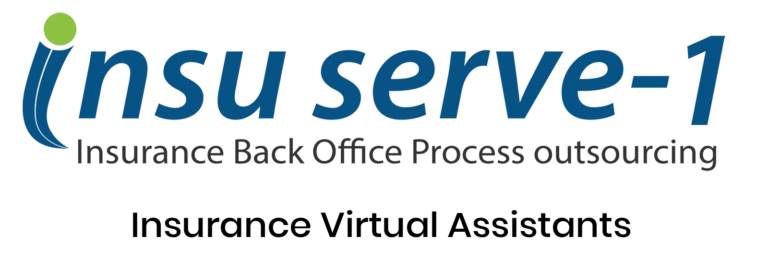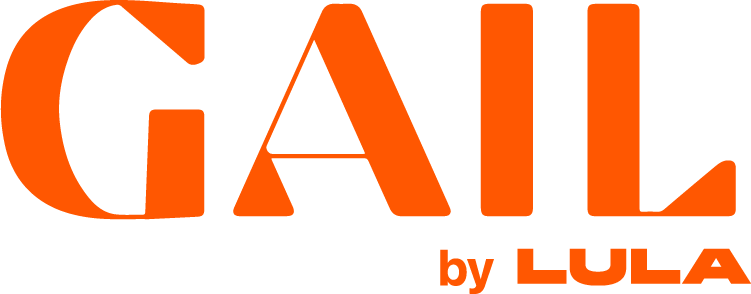Google Bard is the latest Generative AI language model developed by Google. This new technology uses machine learning algorithms to generate coherent and human-like text.
Unlike traditional text generation tools that rely on pre-written templates or rules, Google Bard uses deep learning techniques to analyze vast amounts of data and learn how humans use language. It then applies this knowledge to generate grammatically correct, contextually relevant, and engaging text.
With its ability to understand context, tone, and intent, Google Bard can be used in various applications such as chatbots, virtual assistants, content creation, and more. Its versatility makes it an invaluable tool for agencies to streamline content creation while delivering high-quality output.
The Pros and Cons of Google Bard’s Language Generation Abilities
Google’s new language generation model is powerful for generating high-quality text content. However, like any technology, it has its pros and cons.
The main difference between ChatGPT and Bard is the data source. Bard continually draws information from the internet, so it has the latest information. ChatGPT’s sources end with 2021 data, so it is limited to older research and information.
Bard’s language generation capabilities are impressive. It can produce coherent and accurate text, often indistinguishable from human writing. Additionally, it can generate creative content that goes beyond what a human writer might come up with.
On the other hand, there are potential downsides to using Bard for language generation. One concern is that the generated text may not always be of high quality or lack coherence in certain contexts. Additionally, there is a risk of over-reliance on AI-generated content at the expense of human creativity and originality.
How Google Bard Compares to Other AI-Language Models in the Market
The world of AI language models is constantly evolving, and with the recent release of Google’s new language model, it’s worth exploring how it compares to other AI language models in the market.
One of the most talked-about models recently has been OpenAI’s GPT-3 & 4, praised for its ability to generate coherent and human-like text. Other notable models include OpenAI’s DALL-E and CLIP, which can generate images from textual descriptions and understand visual concepts. Microsoft also has its own Turing-NLG model that can generate high-quality text.
The Potential Applications of Google Bard in Various Industries
Google Bard is an AI-powered language model developed by Google that can potentially change content creation in various industries, including insurance. Its natural language processing capabilities can be utilized in marketing and advertising to enhance customer service interactions and creative writing projects.
- Marketing and advertising: With its ability to generate high-quality, engaging content at scale, agencies can save time and resources while producing effective campaigns.
- Chatbots and customer service interactions: Chatbots powered by Google Bard can improve customer satisfaction and reduce response times by providing more human-like responses.
- Creative writing projects: These can help writers overcome writer’s block and provide fresh ideas for their work.
Overall, the potential applications of Google Bard are vast, making it an exciting advancement in generative artificial intelligence.
The Ethical Implications
Developing AI language models like Google Bard has created exciting content and communication opportunities. However, it also raises important ethical implications that need to be addressed.
- One major concern is the potential for bias in language generation based on the training data sets developers use. This could significantly impact society and culture, as it may perpetuate harmful stereotypes or exclude certain groups from participating in the conversation.
- Another important consideration is the impact on human creativity. As AI language models become more sophisticated, there is a risk that they could replace human writers and reduce opportunities for creative expression. This could lead to job displacement for writers and other content creators.
- Furthermore, privacy concerns exist with user-generated content created through AI language models. Users may not be aware of how their personal data is being used or shared when they generate content using these tools.
We must be aware of and consider these ethical implications as we continue to develop and use Generative AI language models like Google Bard in our society. By doing so, we can ensure that these technologies are developed and used responsibly, which benefits everyone involved.
Natural language processing (NLP) has come a long way in recent years, and the introduction of Google Bard has been a significant breakthrough. This pioneering technology has the potential to revolutionize the way we interact with machines and could have far-reaching implications across various industries.
Agencies should be experimenting with the various iterations of this technology. You can access Google Bard at bard.google.com.
One thing I do know, this technology will continue to improve. New models and platforms are being created, and Generative AI is becoming a tool every agency will use.






























